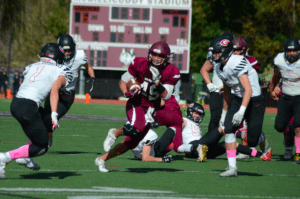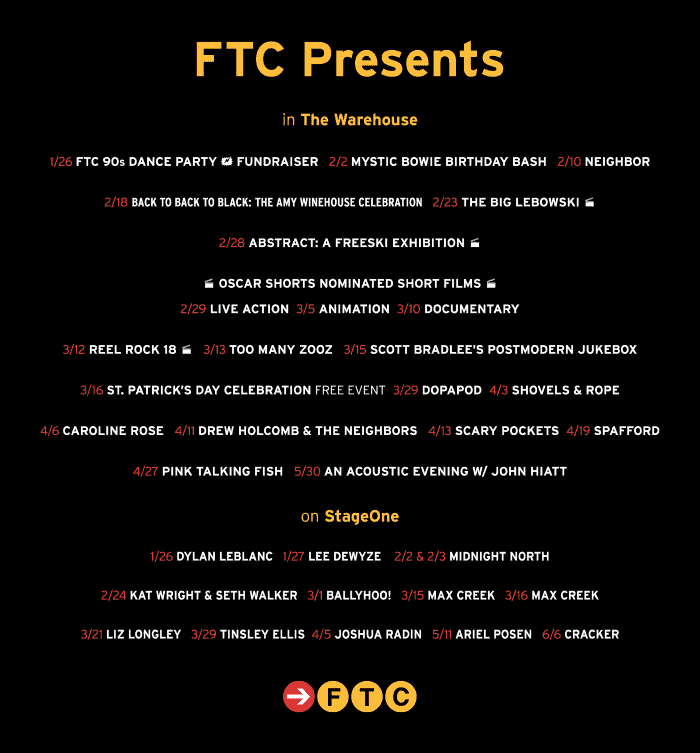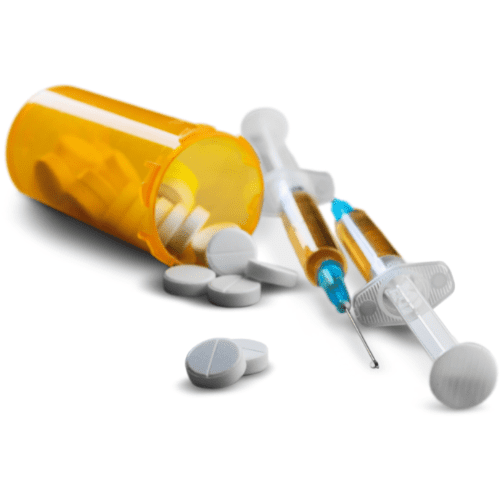As student-athletes from across New York state continue to await further instruction about when—or if—high-risk scholastic sports will be permitted in 2021, a growing number of youngsters, coaches and community members are demanding answers from state officials. Over the last few weeks, advocacy groups have mobilized in order to apply pressure to state organizations, including the New York State Public High School Athletics Association, to authorize the restart of high school sports, such as football, that have been shut down since August 2020 due to coronavirus concerns.

On Jan. 5, more than 65 families from the Harrison Central School District took part in a Zoom meeting hosted by the Section One Football Coaches Association, SOFCA, that was designed to promote grassroots protest and letter-writing campaigns advocating for a restart for high school football. Harrison head football coach Jay Ciraco said that SOFCA has organized several such virtual meetings to encourage football communities in the area to engage elected officials on the issue.
“It was really spearheaded by [Mahopac coach] Dom DeMatteo and now I think a majority of the Section I programs are on board and getting the word out with letters and emails to our state representatives,” Ciraco said. “Back in August there were so many unknowns and we were all happy with a plan for a March 1 season but I think people are starting to get frustrated.”
Fall sports that were designated as “high risk” by the New York State Department of Health, including football and volleyball, were initially shuttered, with plans to allow those sports to commence in the “Fall II” season beginning on March 1 after authorization from Gov. Andrew Cuomo, a Democrat. But recent spikes in the virus—both nationally and within the state—have now thrown those returns into doubt.
There have been no plans announced for the resumption of high-risk winter sports, such as ice hockey, basketball and wrestling, but football proponents hope that the landscape will look different as the coronavirus vaccines are distributed in the coming weeks.

Chief among SOFCA’s arguments is that high school football has been played safely in nearby states, including neighboring New Jersey, where an August declaration by Gov. Phil Murphy, a Democrat, to ban high school football was rescinded after a similar groundswell of protests from students, parents and coaches.
A study conducted by the Pennsylvania Interscholastic Athletic Association, the organization which oversees high school sports in the state of Pennsylvania, announced last month that, during the fall season, 94% of the 3424 scheduled high school football games in the state were played with zero reported cases of team-to-team transmission, another statistic that Ciraco believes strengthens the case for high-risk sports in New York.
“I think a lot of the frustration comes from all the misinformation; nobody knows what to believe,” he said. “Everyone is looking for answers, and this campaign is an appropriate way to make some noise and get our voices out.”
Harrison senior Casey Judelson, one of Harrison’s captains, shared excerpts from his letter on Twitter, providing some insight into the mind of a high school standout struggling with the emotional—and financial—ramifications for aspiring collegiate athletes who may miss out on the chance to secure scholarships.
“The memories and enjoyment that comes along with this incredible game are endless; I have been robbed of that enjoyment,” he wrote. “I can also tell you firsthand, I have been looked over by Division 1 schools due to other kids playing across the country . . . this will cost my parents additional money that I was hoping for them to save.”
Ultimately, even if communities’ pleas fail to change the minds of state officials, Ciraco and others believe that the lessons learned from this protest campaign could serve these student-athletes well in the long run.
“These students are learning how to advocate for themselves, and as educators and teachers, we’re trying to instill those characteristics every day,” Ciraco said. “That’s something that will be important for them in life, so there are lessons being learned.”








